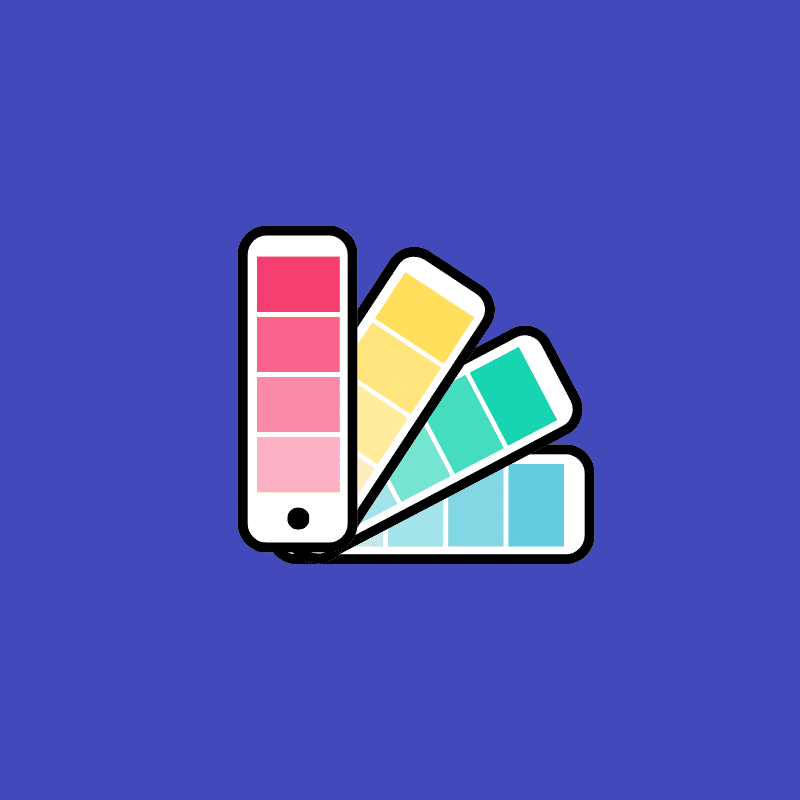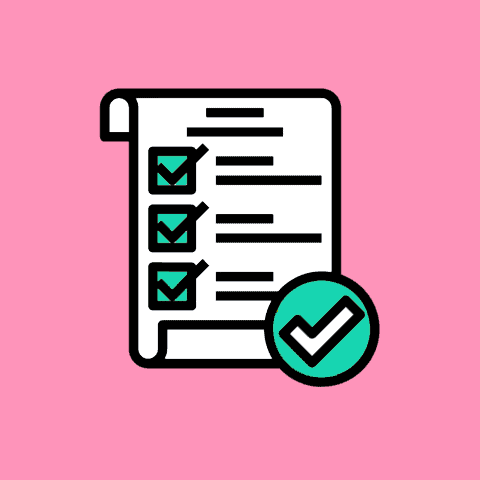When you sit down to serve or work with your client you’re thinking about them. Their life, their problems, and their needs. You’re not sitting in front of them thinking about a generic group of 30 to 40-year-olds who shop at Aldi, have a dog, have two-and-a-half kids, and drive a Honda.
That’s what makes your client come back: because it’s personal!
You’re focused on them, you care about them, and you’re talking to them. If you want to get clients you need to approach your brand the same way.
If you want your brand to create a positive difference in someone’s life, the more we know about the person we are trying to help, the easier it is going to be to create and communicate that positive difference.
In marketing terms, this is called a ‘client persona/buyer persona’.
What is a client persona/buyer persona?
A client persona is a fictional, generalized representation of your ideal customer. They help you understand your audience (and prospective clients) better. This makes it easier for you to tailor your content, messaging, product development, and services to meet the specific needs, behaviors, and concerns of the members of your target audience.
Essentially, we’ll put pen to paper and write down everything we know about this made-up person. The end result is a persona that we can refer to whenever we need to make an important decision about our brand.
Why is a client persona/buyer persona useful?
A client persona can help you focus your efforts on the right people, which can result in improved conversions and more sales. This will help you connect with your target audience more effectively and create a lasting positive difference in their lives.
Building your brand will undoubtedly take a lot of time and effort – and this is true whether you create a client persona or not. But with a persona by your side, your efforts will be rewarded more often and will have a greater impact.
Keep in mind, every action you take needs to be designed to appeal to the people you want to sell your product or service to.
How to identify your ideal client
We’re going to imagine that we’re talking to one specific person: your Ideal Client.
So how do you identify your ideal customer and create your own client persona? One way of doing this is to think about a client you’ve had in the past who was a perfect fit.
If you’ve been fortunate to have a perfect client then you can use some of their information and attributes for your own persona – but remember, a client persona should be fictionalized and not contain any personal information.
If you don’t have any clients to learn from then start with demographic information like age, gender, income, and location, as well as things like interests and concerns. Think about how your services, products, and brand will connect with your ideal client.
How to create your own client persona
1. Fill in your persona’s basic information.
- How old are they?
- Where do they live?
- What industry are they in?
- What level of education do they have?
- What is their family life like?
- What are their personality traits?
- Where do they spend time online?
- What social media networks do they use?
2. Write down their interests, needs, and concerns.
- What would their bio look like?
- What goals do they have?
- What do they want to be?
- What frustrations are they dealing with?
- What keeps them up at night?
3. Put it all together
Once you’ve gathered all of your information it’s time to create your own client persona and define your ideal client. Try to keep this simple and fit all of the information on one page. Also, it’s important to be concise, so when it comes to things like their age use a number (such as 47) and not a range (such as 18-30).
Remember, the more laser-focused you can make your client persona the more in-tune your brand will be to their needs. Your goal is to create a single persona that could be plucked off the page and brought to life.
What next?
Creating a client persona is one of the best ways to understand your target audience and improve your conversions. By gathering demographic information and interests, you can create a fictionalized customer that will help you make decisions about your brand that appeal to the people you want to sell to. Keep in mind, every action you take needs to be designed with this ideal client in mind if you want to see success with your brand.
And hey, once you’ve seen success with one client persona, there is nothing stopping you from creating another one to expand your reach.

Matthew Drzymala
Copywriter & author
Matt is a freelance copywriter, specialising in whatever you throw at him. He’s also an author, runs writing workshops in schools and has hyper-mobility in his thumbs.














0 Comments